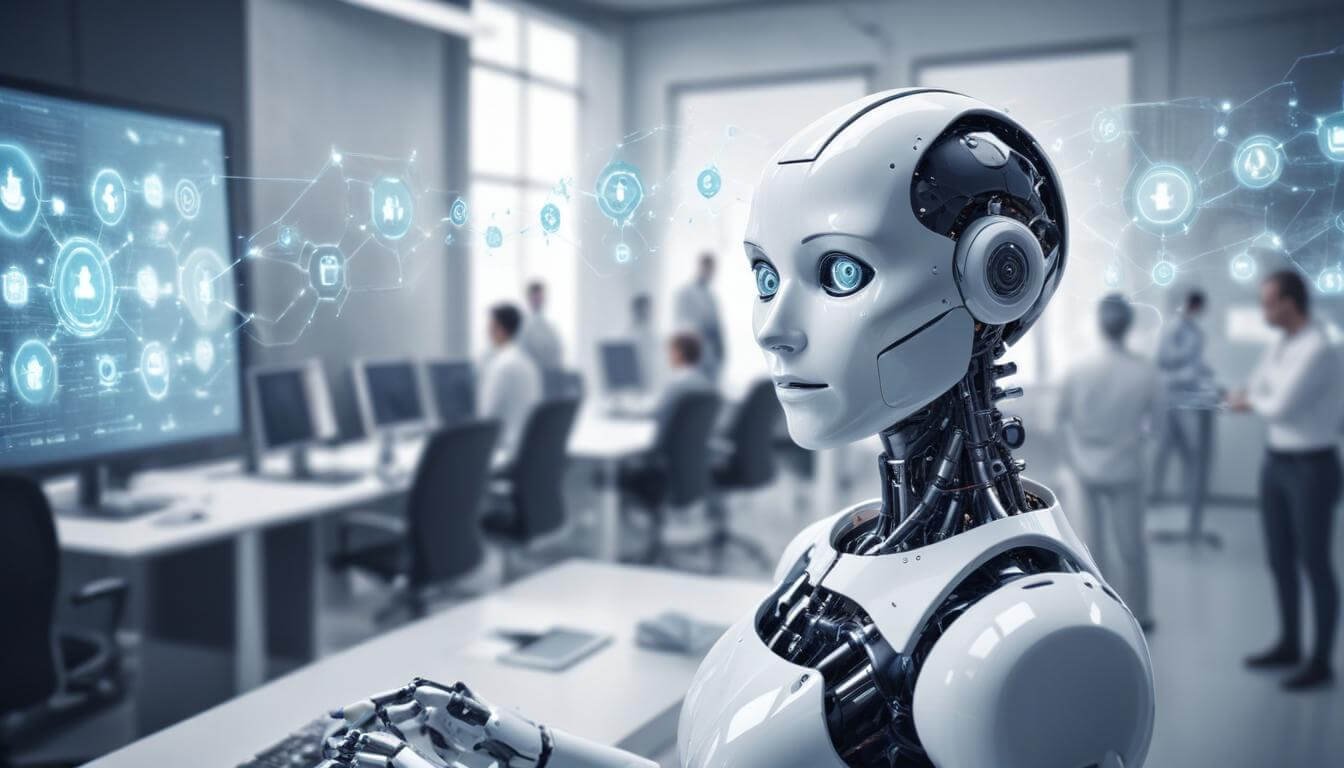Introduction
Since its inception, Robotic Process Automation (RPA) has successfully transformed industries, doing away with redundant and time-consuming tasks, while optimizing front and back-office workflow.
Come 2024, and we are seeing an unprecedented growth in RPA and its evolution across companies in India. It does more than mere automating mundane tasks.
RPA Trends
RPA, combined with AI, has the potential to revolutionize end-to-end business operations. According to experts, by 2025, 70% of businesses across all industries will have enlisted the assistance of digital business model transformation providers to put analytics-driven management and decision-making into practice.
Here are some major Robotic Process Automation trends in 2024 to keep an eye for:
Hyperautomation
When tech capabilities like RPA, AI and Machine Learning combine forces, it is known as hyperautomation.
With above 55% annual growth predictions, hyperautomation has enabled RPA to surpass its traditional offerings and go beyond automating repetitive tasks. This trend places a strong emphasis on end-to-end workflow automation, which helps businesses increase output, spur innovation, and expedite operations. Businesses can attain historic efficiency and adaptibility through hyperautomation.
Better Discovery and Mining
RPA helps in discovery and mining by automating the tedious parts of data collection and processing. This allows faster and more reliable data analysis, enabling humans to focus on more insightful and strategic tasks.
This helps businesses to be able to unmask business oversights and hindrances with open mind and insightful data.
RPA as an Integrated Feature
With better tech collaborations, companies no longer purchase RPA separately, instead investing in them as an embedded feature along with other powerful emerging technology.
This is only possible because of the RPA’s fluid nature and ease-of-use.
Human-centricity
Human-centric RPA boosts employee capabilities and promotes seamless human-robot collaboration. In 2024, more intuitive RPA interfaces will empower non-technical users to easily design and manage automation workflows, fostering innovation and driving business value.
RPA is Here to Stay
RPA continues to be a valuable asset in reducing the load of manual, repetitive tasks for humans. As AI advances, RPA bots will become even better at fulfilling their intended roles. This will allow workers to concentrate more on complex tasks and higher-value activities.

